
AeroGenie - مساعد الطيار الذكي الخاص بك.
الرائج الآن
Categories
China Aims to Develop Shenzhen as AI and Aviation Center Amid U.S. Sanctions

China Aims to Develop Shenzhen as AI and Aviation Center Amid U.S. Sanctions
Strategic Reforms to Boost High-Tech Growth
China has announced a comprehensive set of reforms designed to accelerate the development of high-technology industries in Shenzhen, with the objective of establishing the southern metropolis as a national hub for artificial intelligence and aviation. This initiative comes amid increasing trade restrictions imposed by the United States, which have targeted key sectors critical to China’s technological advancement.
The plan, jointly issued by senior government and Communist Party authorities, focuses on expanding the talent pool, enhancing financing options for local enterprises, and expediting the adoption of advanced technologies. The overarching aim is to cultivate scalable business models in AI and aviation that can be replicated throughout the country. The official document highlights a commitment to “deepen reforms and expand openness from a higher starting point, with elevated standards and more ambitious goals,” seeking to generate innovative experiences that can be broadly applied.
Shenzhen’s Evolution and Current Challenges
Once a modest fishing village, Shenzhen has played a pivotal role in China’s economic transformation. It spearheaded the nation’s initial wave of economic liberalization in the late 1970s and subsequently emerged as a manufacturing powerhouse. More recently, the city has become a vibrant center for high-tech startups and established firms alike. Today, Shenzhen, with a population approaching 18 million, hosts major corporations such as Huawei Technologies, drone manufacturer DJI, electric vehicle producer BYD, and internet giant Tencent.
Despite these strengths, Shenzhen’s ambitions face significant obstacles due to U.S. export controls, particularly those targeting advanced technologies like AI chips. These restrictions threaten to curtail Chinese companies’ access to essential components required for cutting-edge research and development. In response, some firms have sought alternative solutions, including leasing data centers in countries like Malaysia. However, such strategies remain vulnerable to evolving regulatory landscapes.
Resilience Amid Geopolitical Tensions
The high-tech sector in Shenzhen has demonstrated notable resilience despite these challenges. Companies such as Nvidia continue to adapt and thrive within the shifting geopolitical environment. Nevertheless, the intensifying global competition in artificial intelligence has raised security concerns, emphasizing the importance of robust cybersecurity frameworks to protect national interests.
As China advances its vision for Shenzhen, the city’s capacity to navigate external pressures and sustain innovation will be closely observed. Its progress is widely regarded as a key indicator of China’s broader ambitions in the global technology arena.
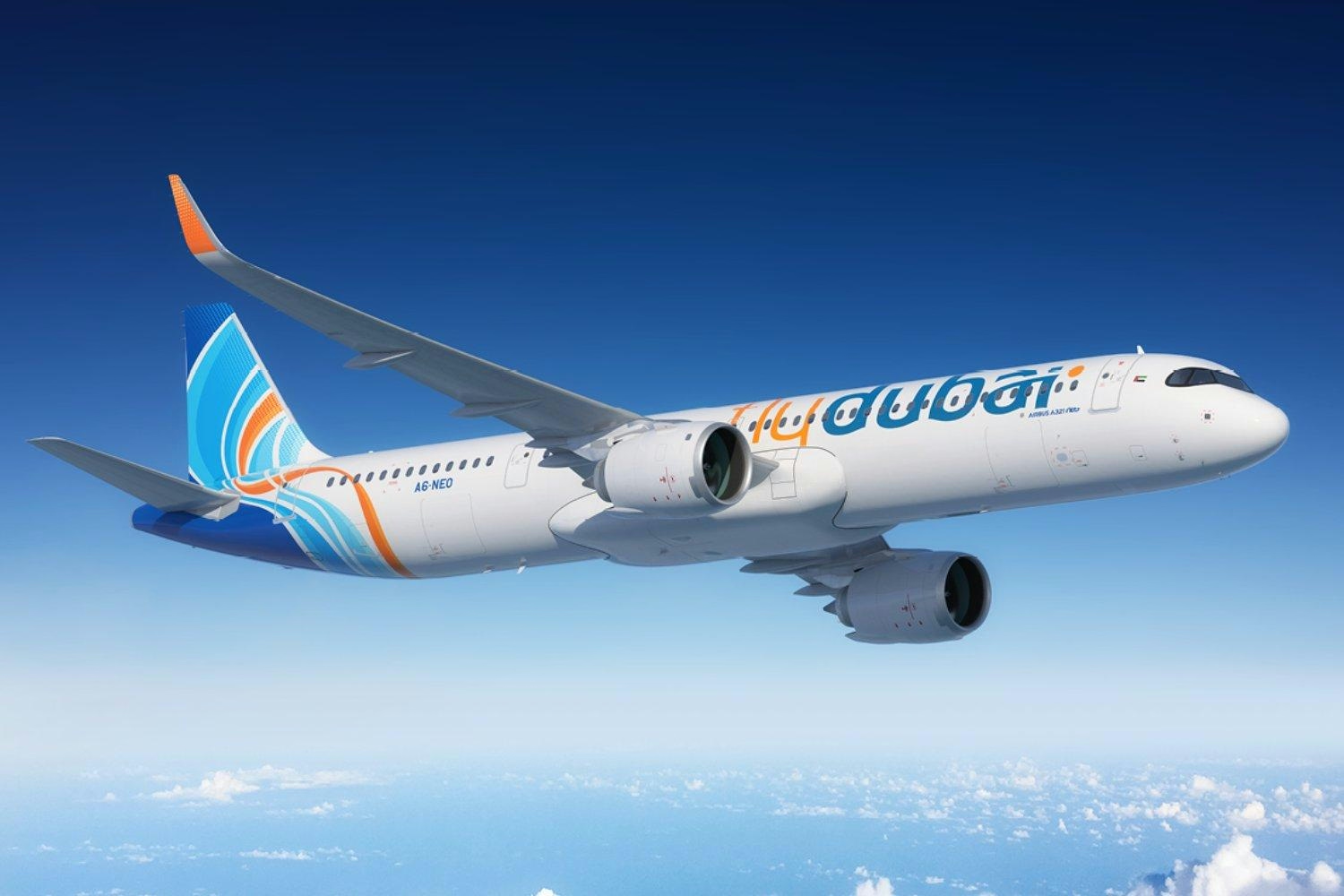
flydubai signs MoU for up to 150 Airbus A321neo aircraft, ending Boeing exclusivity
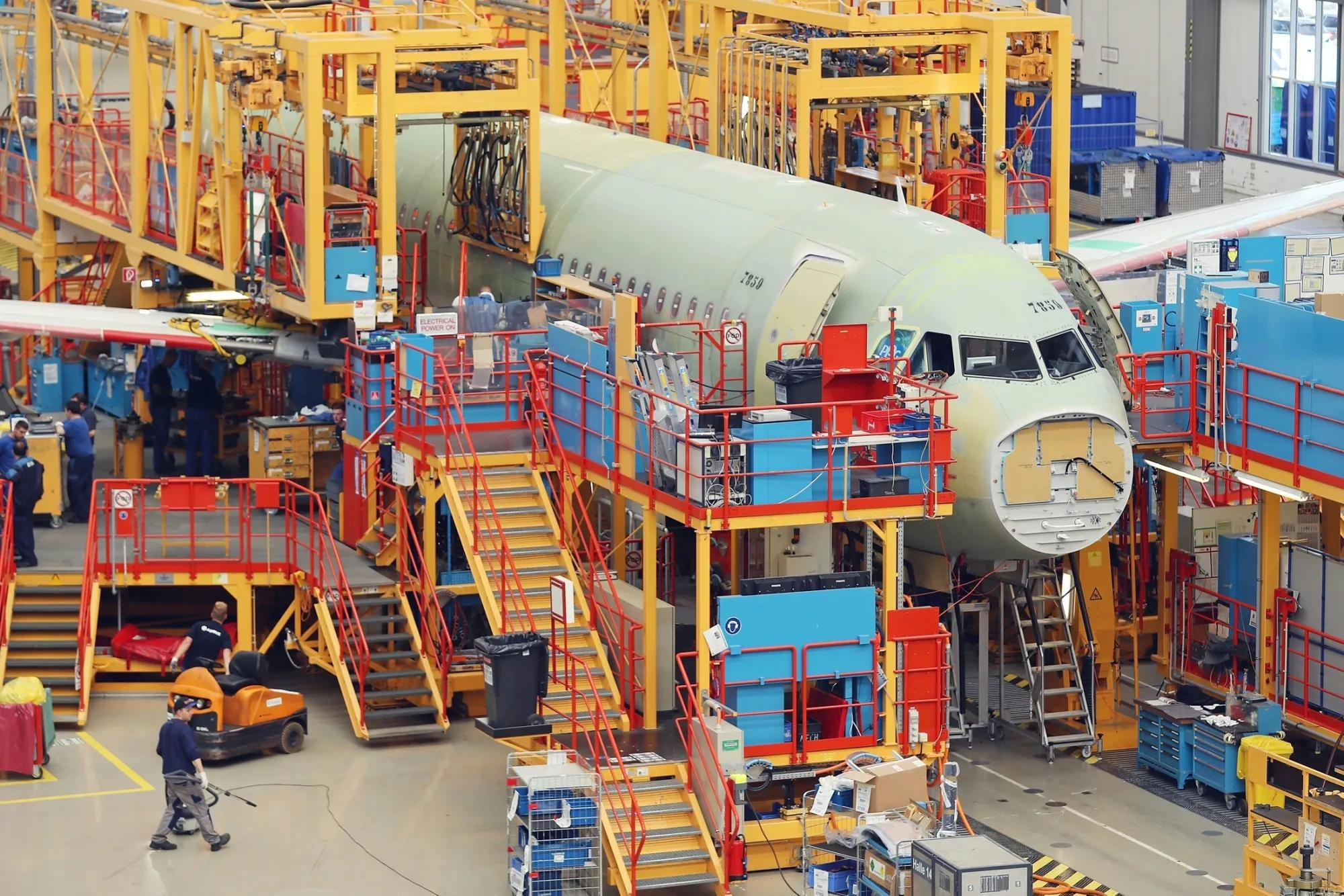
Airbus Secures New Orders from Etihad and flydubai at Dubai Airshow 2025
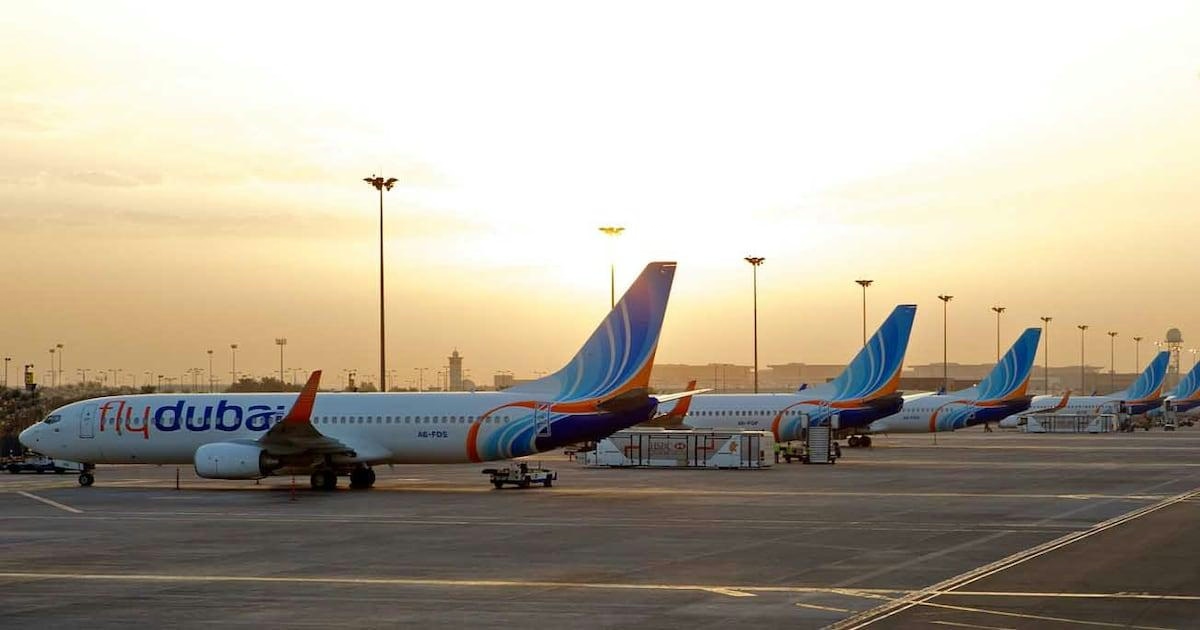
Flydubai Orders 150 Airbus A321neo Jets, Ending Boeing-Only Fleet

AMMROC and Lockheed Martin Sign Letter of Intent to Enhance MRO Cooperation and Regional Support

Emirates kicks off race between Airbus and Boeing for bigger jets
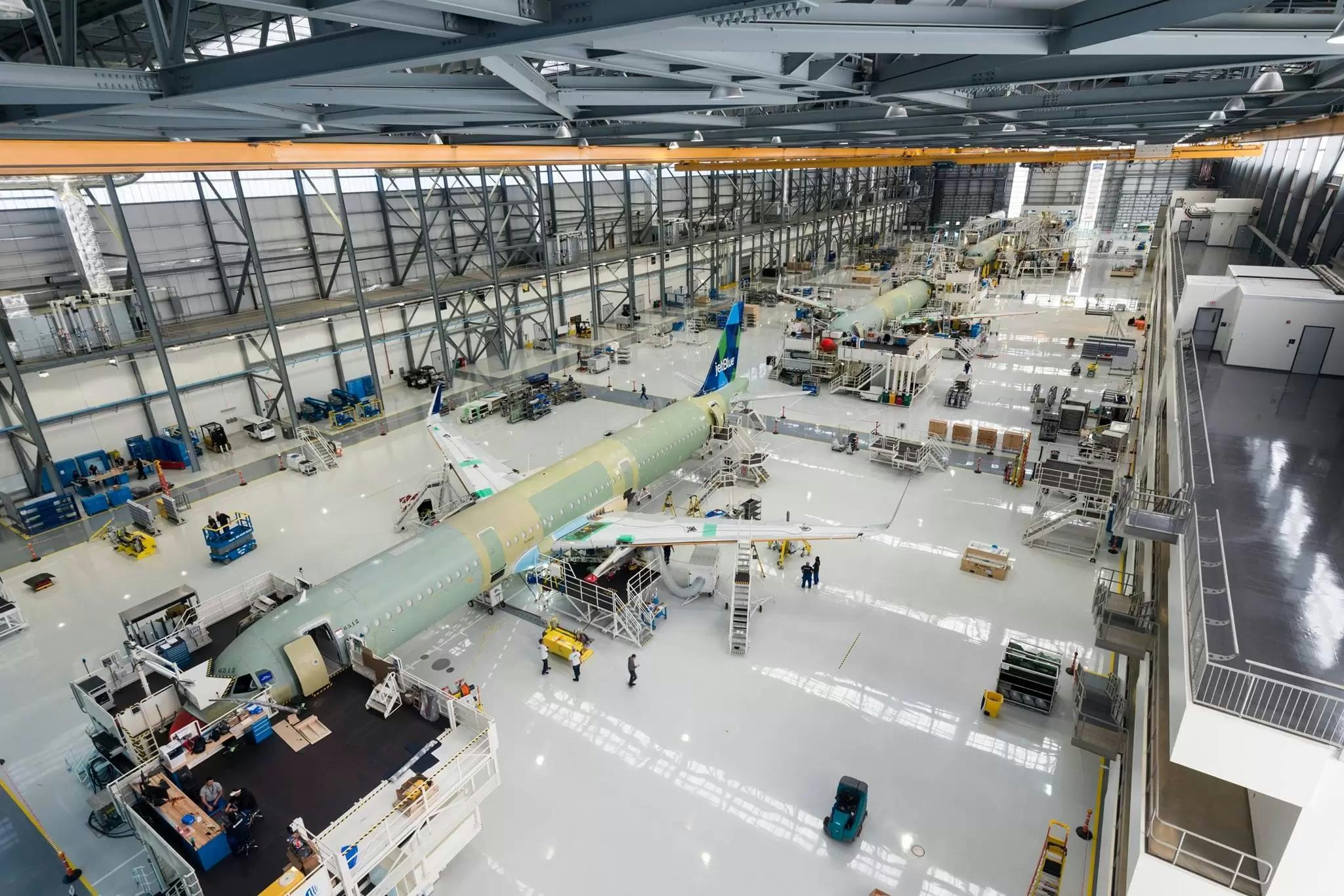
Inside Airbus’s Global Defense and Aviation Technology Hub
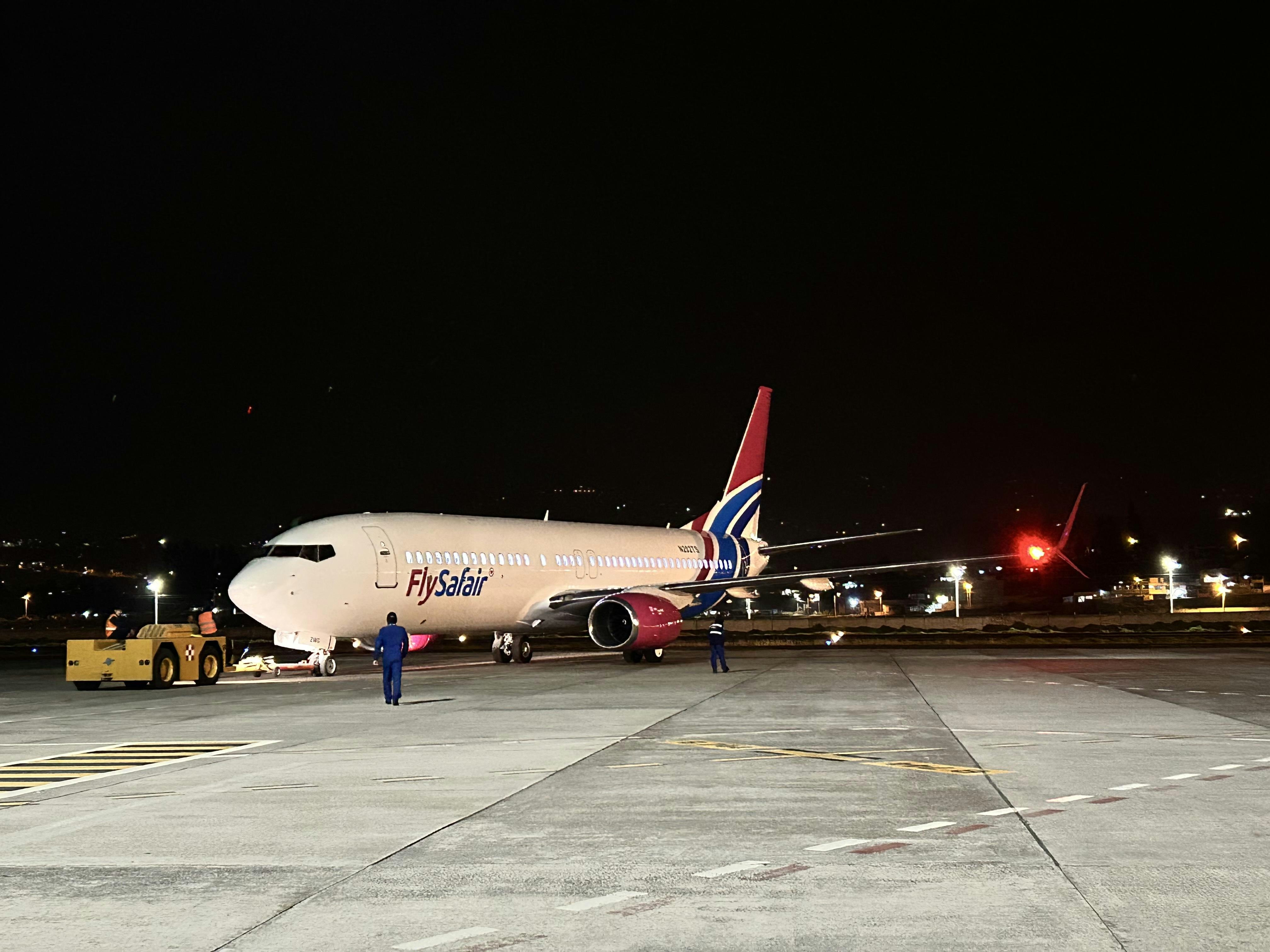
AerCap Leases Boeing 737 MAX and 737NG Aircraft to FlySafair
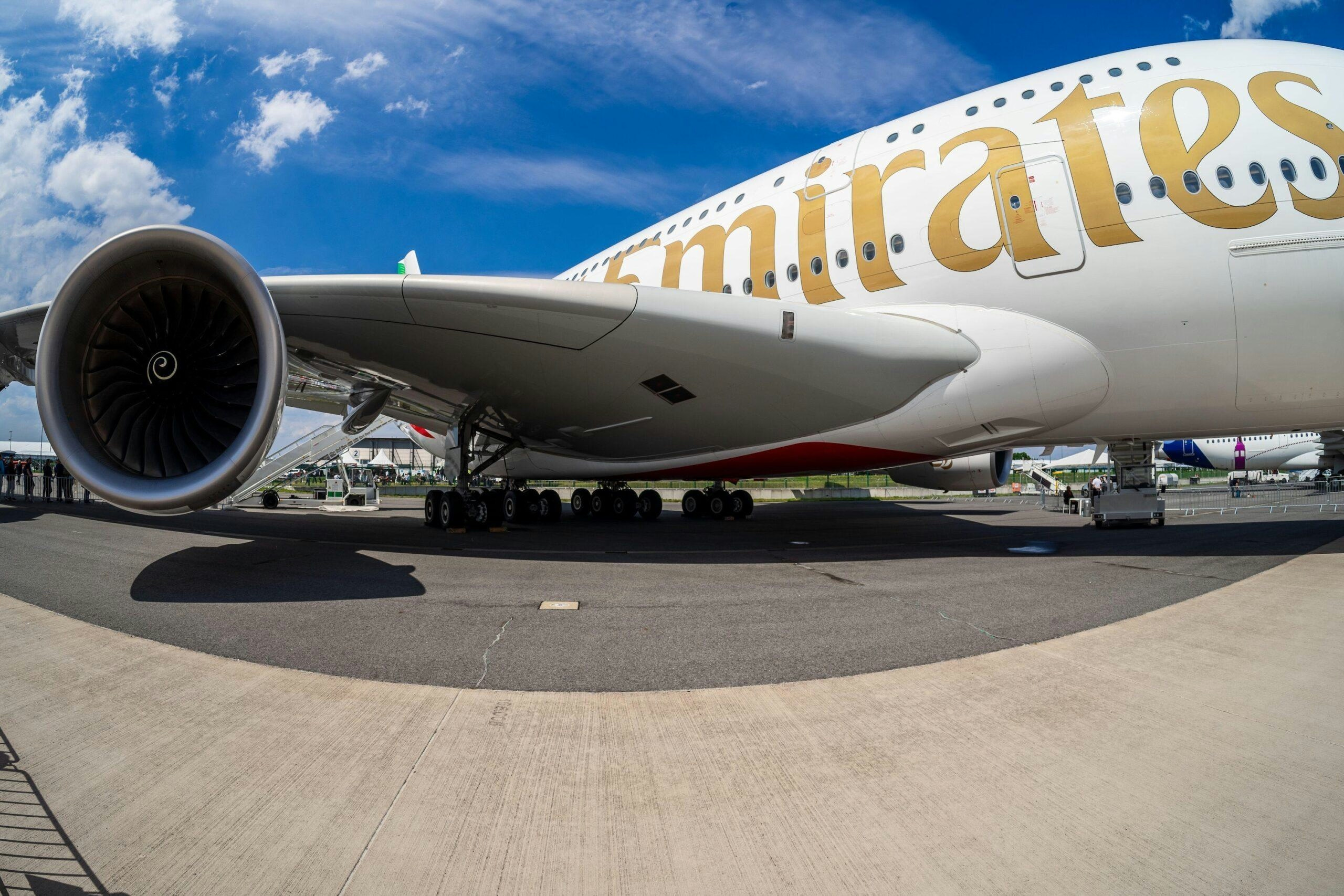
Abu Dhabi's Sanad sees opportunity in global aircraft engine crunch
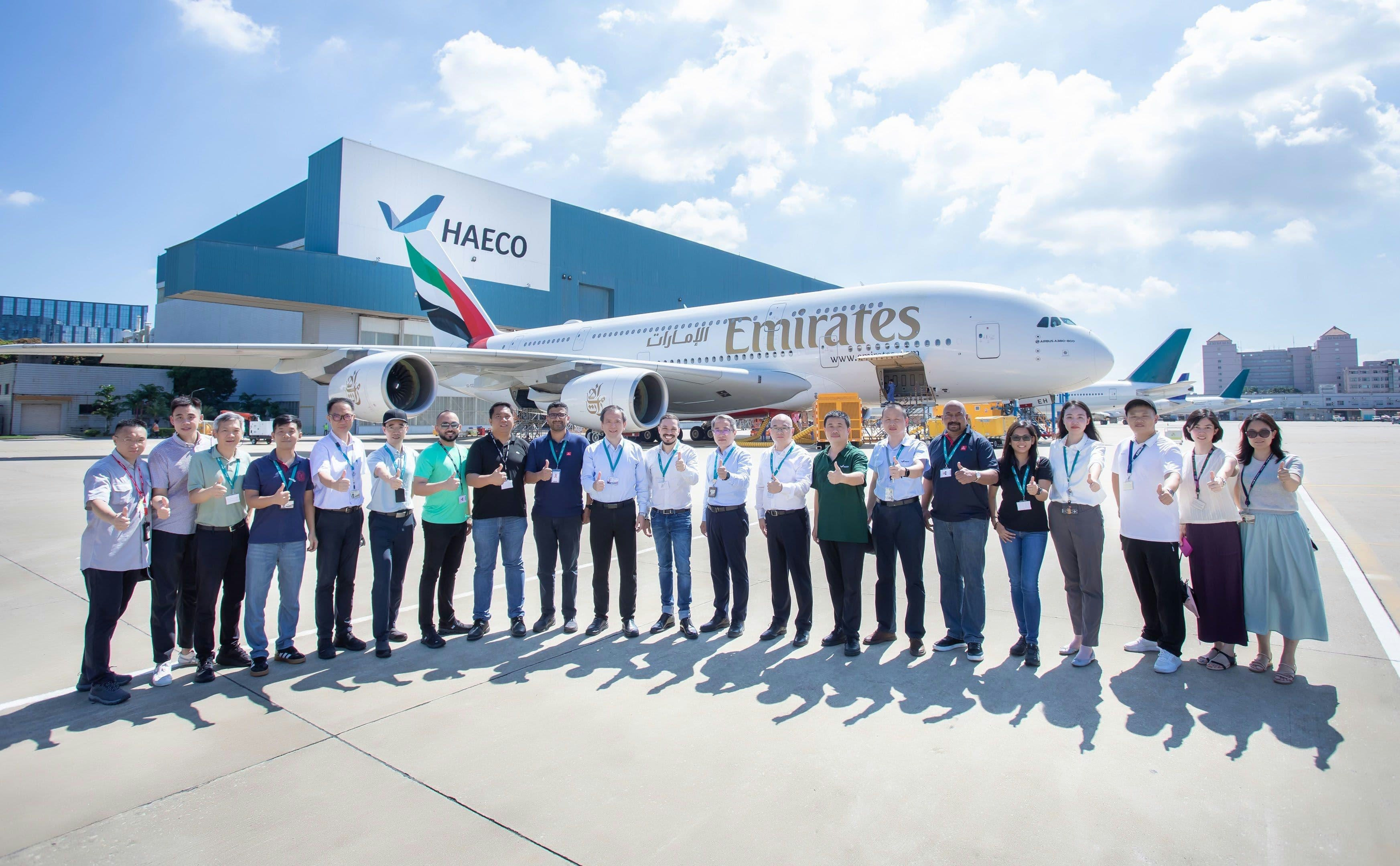
Collins Aerospace and Emirates Extend A380 Landing Gear Maintenance Agreement
